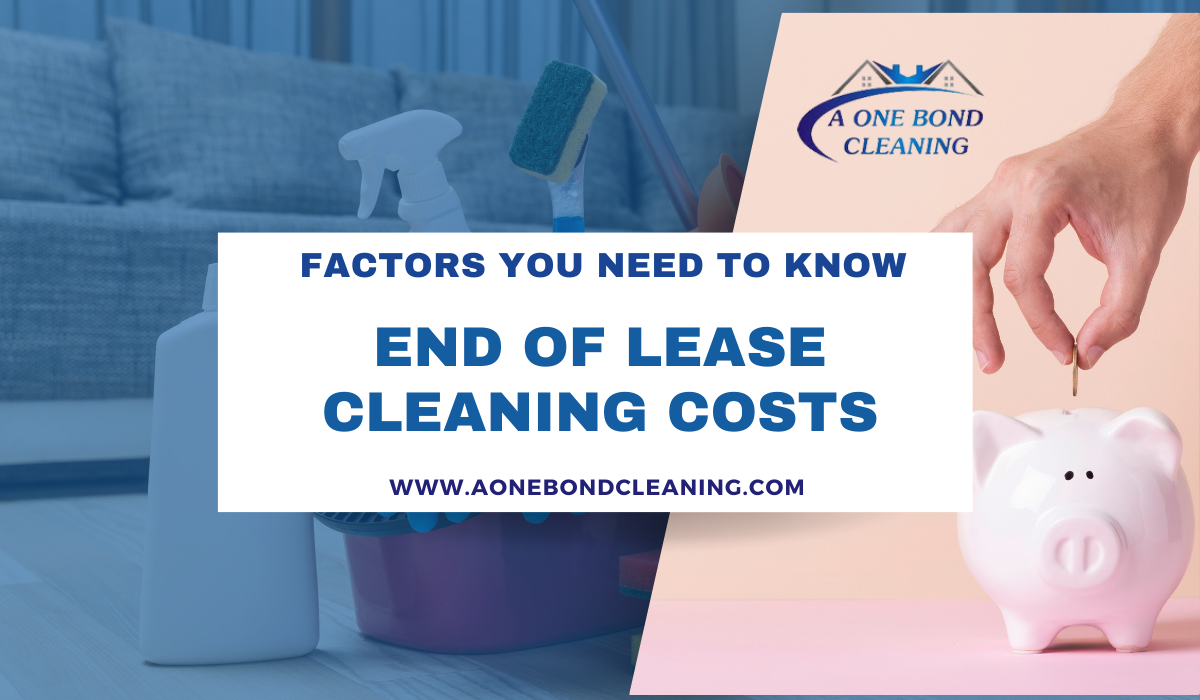Moving out of a rental property marks a significant transition, but before you hand over the keys, there’s one crucial task that demands attention: end of lease cleaning.
This process isn’t just about tidying up—it’s about ensuring the property is returned in impeccable condition, meeting the standards set by your landlord or property manager. Doing so not only fulfills your obligations under the rental agreement but also maximizes the chances of receiving your full security deposit back.
Here’s everything you need to know about end of lease cleaning, from factors influencing costs to expert tips for a seamless experience.
Importance of End of Lease Cleaning
End of lease cleaning is important because it ensures tenants leave the property as clean as when they moved in. It’s a requirement in most rental agreements to maintain the property’s condition.
By doing this, tenants fulfill their responsibility and increase their chances of getting their security deposit back in full. This cleaning process helps landlords prepare the property for new tenants, creating a positive renting experience for everyone involved.
Compliance with Rental Agreements: Most lease agreements stipulate that tenants must return the property clean and well-maintained. Failure to do so can result in deductions from your security deposit or even legal action.
- Security Deposit Return: A thorough cleaning can significantly increase the likelihood of getting your security deposit back in full. Landlords are more likely to return the deposit promptly if they find the property in excellent condition.
- Positive Impression: Leaving the property clean and tidy sets a positive impression for future tenants and maintains a good relationship with your landlord or property manager.
Understanding the factors influencing end of lease cleaning costs is crucial for budgeting and planning. Here are the main factors to consider:
Factors Influencing End of Lease Cleaning Costs
Preparing to move out of a rental property involves several critical tasks, with end of lease cleaning being one of the most important. The cost of this cleaning can vary widely based on specific factors that influence the overall price. Understanding these factors will help you plan and budget effectively, ensuring a smooth transition out of your rental home.
Size and Type of Property:
The size and type of your rental property directly impact the cleaning cost. Larger properties or commercial spaces require more time and effort to clean thoroughly, leading to higher costs compared to smaller apartments or homes.
Example: Cleaning a spacious three-bedroom house will typically cost more than cleaning a compact one-bedroom apartment due to the larger area and more rooms.
Condition of the Property:
The initial condition of the property influences how much cleaning is needed. Well-maintained properties with regular cleaning may require less intensive cleaning compared to properties with accumulated dirt, stains, or neglected areas.
Example: A property that has been well cared for by tenants will generally have fewer stains and less dirt buildup, resulting in lower cleaning costs.
Specific Cleaning Requirements:
The specific tasks required, such as carpet cleaning, window washing, or deep cleaning of kitchen appliances, affect the overall cost. More extensive cleaning tasks that require specialized equipment or techniques typically increase the cleaning bill.
Example: Deep cleaning tasks like removing grease from kitchen surfaces or cleaning heavily stained carpets require additional time and resources, leading to higher costs.
Presence of Furnishings and Appliances:
The presence of furniture and large appliances impacts the complexity of cleaning. Moving and cleaning around heavy items like sofas or refrigerators requires more effort and may increase the cleaning cost.
Example: Cleaning underneath and behind large furniture pieces involves extra time for thorough vacuuming and dusting, contributing to higher cleaning expenses.
Additional Services Needed:
Optional services such as mold removal, exterior window cleaning, or deep carpet stain treatment add to the total cleaning cost. These services address specific cleaning needs beyond standard tasks.
Example: Treating mold in damp areas or removing stubborn stains from carpets requires specialized cleaning products and techniques, resulting in additional charges.
Regional Price Variations:
Cleaning costs can vary based on geographic location and local market conditions. Urban areas with higher living costs and greater demand for cleaning services generally have higher cleaning rates compared to suburban or rural areas.
Example: Cleaning services in a metropolitan area where demand is high may be more expensive compared to cleaning services in a smaller town with lower overhead costs.
Choice of Cleaning Company:
The reputation, experience, and quality of the cleaning company impact pricing. Established cleaning companies with a history of providing thorough end of lease cleaning services may charge higher rates but offer reliability and assurance of a job well done.
Example: Choosing a reputable cleaning company known for their professionalism and attention to detail may justify higher costs, as they are more likely to meet landlord expectations and ensure the return of your security deposit.
Understanding these factors is essential for estimating and managing end of lease cleaning costs effectively. By considering the size and condition of your property, specific cleaning requirements, and the choice of cleaning service, you can plan and budget accordingly.
For professional end of lease cleaning services in Brisbane, trust A One Bond Cleaning Brisbane. Our dedicated team ensures a seamless bond return process for tenants. Contact us today at 0488 195 464 or email us at aonebondcleaning1@gmail.com to schedule your cleaning appointment and experience our reliable service firsthand!


